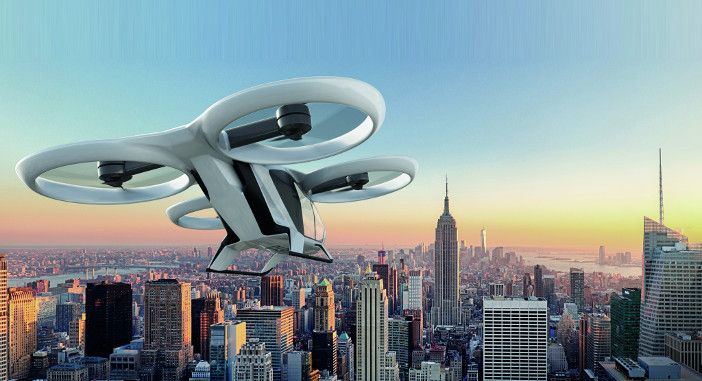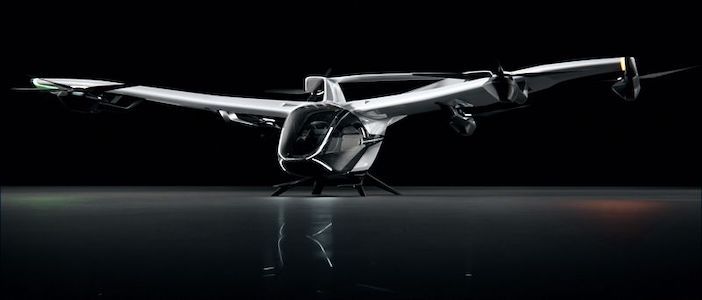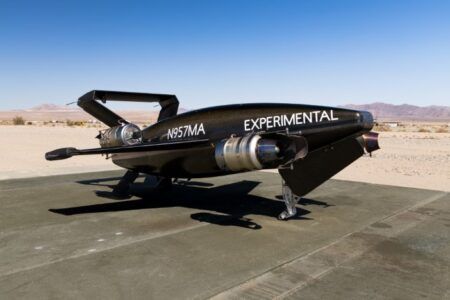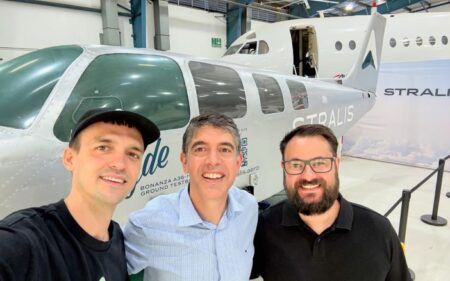Airbus has revealed an updated design for its CityAirbus eVTOL and renamed the urban air taxi the CityAirbus Nextgen.
The all- electric four-seater aircraft is being developed to meet EASA special condition VTOL certification standards, will have an 80km (50 miles) range and have a top cruise speed of 120 km/h (75mph).
The fixed-wing aircraft features a V-shaped tail and eight propellers as part of a distributed propulsion system.
The CityAirbus Nextgen is a convergence of design and learning from the previous CityAirbus and Vahana eVTOLs said Airbus. Development of Vahana was stopped in December 2019.
Bruno Even, CEO of Airbus Helicopters said, “We have learned a lot from the test campaigns with our two demonstrators, CityAirbus and Vahana. The CityAirbus NextGen combines the best from both worlds with the new architecture striking the right balance between hover and forward flight. The prototype is paving the way for certification expected around 2025.”
CityAirbus NextGen is currently in its detailed design phase with its first flight planned for 2023.
Speaking at the Airbus Summit in Tolouse, France Dr Joerg P Mueller, head of urban air mobility for Airbus said, “We have already flown a demonstrator [CityAirbus] that is representative of such a vehicle, of the same scale and weight.
“The Vahana was designed for performance in cruise flight and to explore a different design. We have converged to this solution.
“There has been 242 flight and ground tests and we have covered 1,000km jointly already. We have spent hundreds of thousands of engineering hours on all aspects of the eVTOL design from structural mechanics to avionics and its controls.”
Mueller added that CityAirbus’ lack of moving surfaces or tilting parts during transition ensures the design is simple and effective and that the company is using data from its Voom helicopter service, which was shut down in 2019 after three years, for insight into how people will use the CityAirbus.
Airbus’ is targeting noise levels of below 65dB(A) during fly-over and below 70dB(A) during landing for the CityAirbus Nextgen.
“Noise is fundamental for the design,” said Mueller. “We have run test benches where we have set up propellers with different shaped blades and numbers of blades. We have overflown an urban area and assessed with partners the effect on people on the ground to find out how to optimze the vehicle.
“We have run wind tunnel tests and optimized our design tool set. We have used 31 million computation hours on supercomputers for modelling and simulation to optimise the aerodynamics and noise.”






